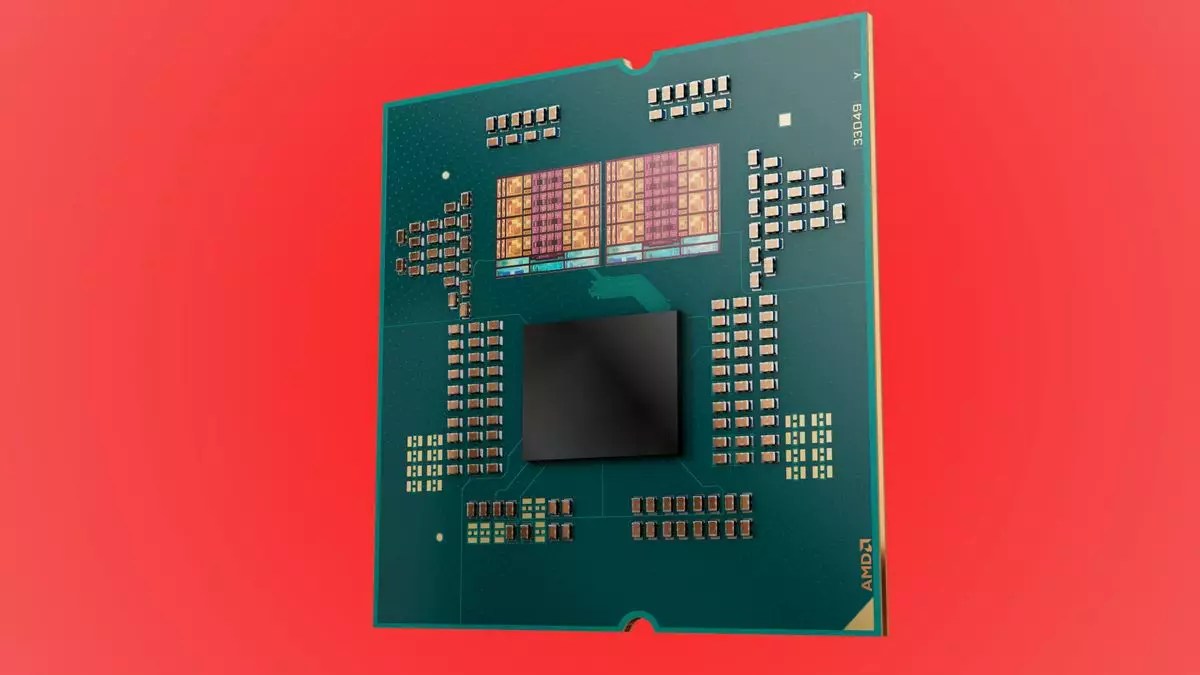AMD’s Zen architecture has played a significant role in the company’s resurgence in the CPU market. With each iteration, AMD has continued to make improvements that have bolstered performance and efficiency. The recent announcement of Zen 5 at Computex 2024 promises to continue that trend with enhancements that build upon the foundation laid by its predecessors.
While Zen 5 maintains the core structure of its predecessor, Zen 4, there are notable improvements within the architecture that focus on enhancing overall efficiency. One key area of improvement is the branch prediction unit, which has been optimized to deliver more accurate and quicker results. This enhancement ensures that the core can process instructions more efficiently, minimizing wasted cycles and improving performance.
Wider Pipelines and Vectors
Zen 5 boasts “wider pipelines and vectors,” indicating that there are enhancements in the architecture that allow for handling larger data formats. This likely means that Zen 5 has more pipelines, instruction schedulers, and improved instruction dispatch capabilities. These enhancements contribute to better overall performance and efficiency in processing data.
Deeper Window Size
Another improvement in Zen 5 is the increased size of the reorder buffer (ROB), which plays a crucial role in tracking instructions in the pipeline. By expanding the ROB, AMD ensures that pipelines remain active, further optimizing performance. This enhancement complements the wider pipelines and vectors, making the overall processing more efficient and robust.
Performance Improvements
AMD’s Zen 5 architecture promises up to two times more instruction bandwidth in the front end, L1 data cache, floating-point pipelines, and between the L2 and L1 caches. These enhancements translate to significant performance gains, especially for professionals engaged in content creation and AI tasks. The increased “AI and AVX-512 throughput” will be particularly beneficial for users requiring heavy vector operations.
The improvements in Zen 5 architecture are poised to deliver substantial performance gains across various applications. For content creators and professionals engaged in heavy computing tasks, the enhancements in Zen 5 will translate to faster and more efficient operations. Additionally, gamers can expect improved frame rates and overall performance in games, like League of Legends and Far Cry 6, thanks to the increased processing power of Zen 5.
Future Prospects
While AMD’s Zen 5 announcement provides a glimpse into the enhancements made in the architecture, there are still details yet to be revealed. The upcoming Ryzen 9000 series, based on Zen 5 architecture, promises to offer even more performance improvements. With AMD’s commitment to continuous innovation, the future looks promising for Zen architecture and the products based on it.
AMD’s Zen architecture has seen a remarkable evolution with each iteration, paving the way for enhanced performance and efficiency in the CPU market. The enhancements in Zen 5 showcase AMD’s commitment to innovation and delivering cutting-edge technology to users across various sectors. As we look ahead to the release of the Ryzen 9000 series, based on Zen 5 architecture, the anticipation for further improvements and advancements continues to grow. The future of AMD’s Zen architecture remains bright, promising even more breakthroughs in the years to come.


Leave a Reply